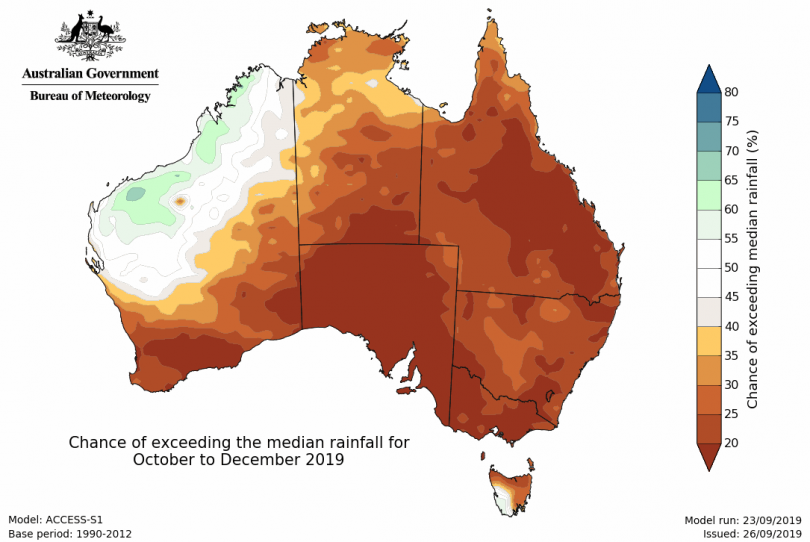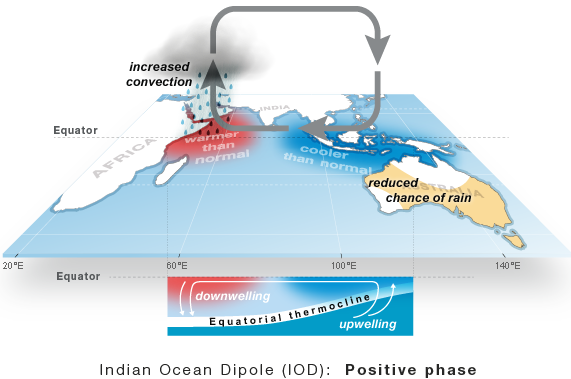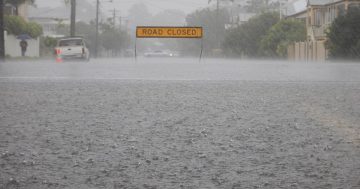
Canberra can expect its first wave of summer this weekend, with a top temperature of 28 degrees forecast for Sunday. Photo: Michael Weaver.
There’s never been a better time to break out those green sausages for a barbecue as the region gets a taste of summer for the NRL grand final this Sunday.
Canberra’s forecast for NRL grand final day is a very sunny 28 degrees, following forecast maximum temperatures of 28 on Friday and 22 on Saturday.
This is due to a fairly stable high-pressure system over eastern Australia that will maintain clear skies and light winds.
Some cloud may roll through on Saturday, but there is a less than 10 per cent chance of rain falling.
However, those looking to cool off with a swim will have to wait for open-air pools to reopen at the end of October.
The long-term forecast is also good if you are looking to get a headstart on your crop of homegrown tomatoes; however, be warned that clear skies could still bring the occasional frost.
This weekend’s forecast follows a fairly bleak outlook for rainfall during the coming months, with hotter than average temperatures dominating the Bureau of Meteorology’s Spring forecast.
The Bureau says rainfall is likely to be below average across most of the country from October to January.
“Large parts of the eastern two-thirds of the country are very likely to be drier than average,” a BOM spokesperson said. “This pattern continues into November, with most areas of Australia likely to be drier, except northern WA and western Tasmania.”
The Bureau’s latest climate outlook, issued at the end of September, also has local firefighters concerned following the ACT’s official start to the bushfire season on 1 October.
Between October and December, there is an 80 per cent chance of maximum daytime temperatures exceeding the average across most of Australia.
The chance of rainfall being above the average is less than 20 per cent.

Australia’s rainfall forecast for October to December. Image: BOM.
Canberra’s average daytime temperature for October is 19.4 degrees celsius. The average rainfall is 62.4 mm.
The Bureau says Australia’s Spring climate patterns are being influenced by a positive Indian Ocean Dipole (IOD), which is best described as the difference in ocean temperatures between the west and east tropical Indian Ocean.

Australia’s Spring forecast is under the influence of a positive Indian Ocean Dipole. Image: BOM.
This means there is less moisture than normal in the atmosphere to the northwest of Australia. This changes the path of weather systems coming from Australia’s west, often resulting in less rainfall and higher than normal temperatures over parts of Australia during winter and spring.
The IOD can shift moisture towards or away from Australia and is one of the key drivers of Australia’s climate with a significant impact on agriculture.
The positive IOD usually decays when the monsoon arrives in the southern hemisphere around the end of spring.
The Bureau says another contributing factor to its Spring forecast is the sudden warming of the stratosphere (the second layer of the earth’s atmosphere) over Antarctica. This is also likely to enhance the drier conditions across parts of eastern Australia.
The El Niño–Southern Oscillation (ENSO) is also expected to remain neutral for the remainder of 2019.
In addition to the natural drivers such as ENSO and the IOD, the Bureau says Australian climate patterns are being influenced by the long-term increasing trend in global air and ocean temperatures.





















